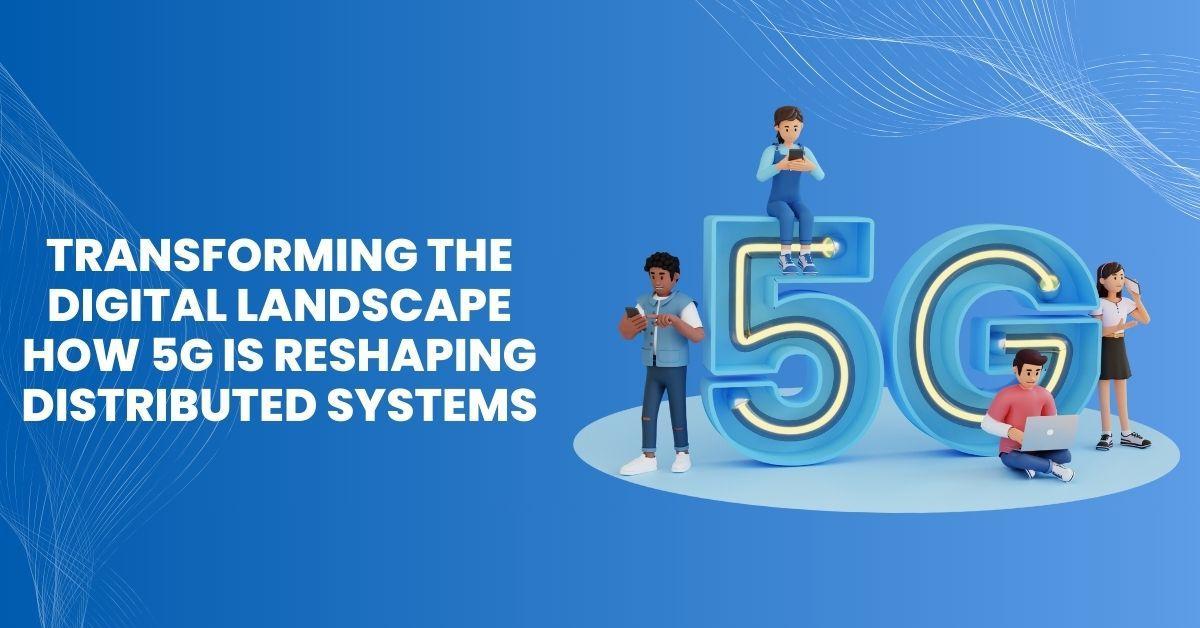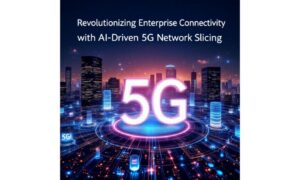The world of distributed systems is on the brink of a massive transformation, thanks to the advent of 5G networks. Venkateswarlu Poka, a renowned expert in computing and networking technologies, explores the groundbreaking potential of 5G in revolutionizing industries that rely on distributed computing. His latest research sheds light on how ultra-low latency, high bandwidth, and massive connection density are redefining what is possible across various technological domains. These advancements are pushing technological boundaries beyond previous expectations, making futuristic ideas a reality, paving the way for a more connected, intelligent digital infrastructure.
The Backbone of 5G: Ultra-Low Latency and High Bandwidth
One of the most remarkable aspects of 5G is its ability to deliver ultra-low latency reducing response times from tens of milliseconds in previous generations to as low as one millisecond. This near-instantaneous communication unlocks new possibilities for real-time applications, from interactive gaming to industrial automation. Additionally, 5G’s high bandwidth capacity allows the seamless transmission of vast amounts of data, a crucial requirement for emerging digital ecosystems. These features make 5G indispensable for next-generation technological innovations and smarter infrastructures.
Augmented and Virtual Reality: The Next Level of Immersion
Augmented Reality (AR) and Virtual Reality (VR) applications demand extremely low latency and high data throughput to create seamless, immersive experiences. Motion-to-photon latency the time it takes for user actions to be reflected in a virtual environment must stay below 20 milliseconds to prevent discomfort. While 4G networks struggled to meet this benchmark, 5G’s enhanced performance ensures real-time rendering and interactivity. The ability to offload processing to edge servers significantly reduces the computational burden on AR/VR devices, making them more energy-efficient and capable of delivering richer experiences. This breakthrough unlocks potential applications in healthcare, education, and entertainment industries.
Revolutionizing Autonomous Vehicle Communication
Vehicle-to-Everything (V2X) communication is another field where 5G is making a transformative impact. Traditional networks lacked the reliability and speed necessary for real-time communication between vehicles, infrastructure, and pedestrians. With 5G, latency drops to just a few milliseconds, allowing autonomous vehicles to make split-second decisions based on shared sensor data. This enhanced communication drastically improves safety, reducing collision risks and enabling smoother traffic management. Furthermore, 5G’s network slicing capabilities ensure dedicated bandwidth for critical automotive applications, minimizing disruptions caused by fluctuating network demand. These enhancements make autonomous transportation a more viable and scalable solution worldwide.
Smart Manufacturing: The Rise of Industry 4.0
Manufacturing is undergoing a major shift with the integration of 5G-enabled smart factories. Wireless industrial automation, powered by 5G’s ultra-reliable low-latency communication (URLLC), allows for real-time control of robotic systems, enhancing precision and efficiency. Automated Guided Vehicles (AGVs) and Autonomous Mobile Robots (AMRs) benefit from uninterrupted, high-speed connectivity, improving operational efficiency by over 50%. Additionally, digital twin technology virtual models of physical systems leverages 5G’s capabilities to synchronize real-world processes with their digital counterparts, optimizing productivity and reducing errors. These advancements significantly improve cost-efficiency and enhance product quality for manufacturers.
Overcoming Challenges and Unlocking Future Potential
Despite these advancements, challenges remain in ensuring seamless 5G implementation across various sectors. Network coverage gaps, particularly in rural or high-obstruction environments, need to be addressed. Additionally, security concerns in distributed architectures must be tackled to prevent cyber threats. Research into predictive network management and artificial intelligence-driven resource allocation is expected to enhance 5G’s efficiency and reliability further. Collaboration between industry leaders and policymakers will be crucial in overcoming these hurdles and maximizing the benefits of 5G technology. Continued innovation and investment will help resolve these persistent challenges over time.
In conclusion, the integration of 5G with edge computing, artificial intelligence, and future 6G networks promises even greater possibilities. As industries continue to embrace this technology, the digital world will become more interconnected, efficient, and responsive. This transformation will revolutionize business operations, consumer experiences, and technological advancements worldwide. Venkateswarlu Poka’s insights underscore that 5G is not just an incremental improvement over its predecessors, it is a paradigm shift that will define the next generation of distributed systems and digital applications. The impact of this shift will shape future innovations across various industries worldwide.



































